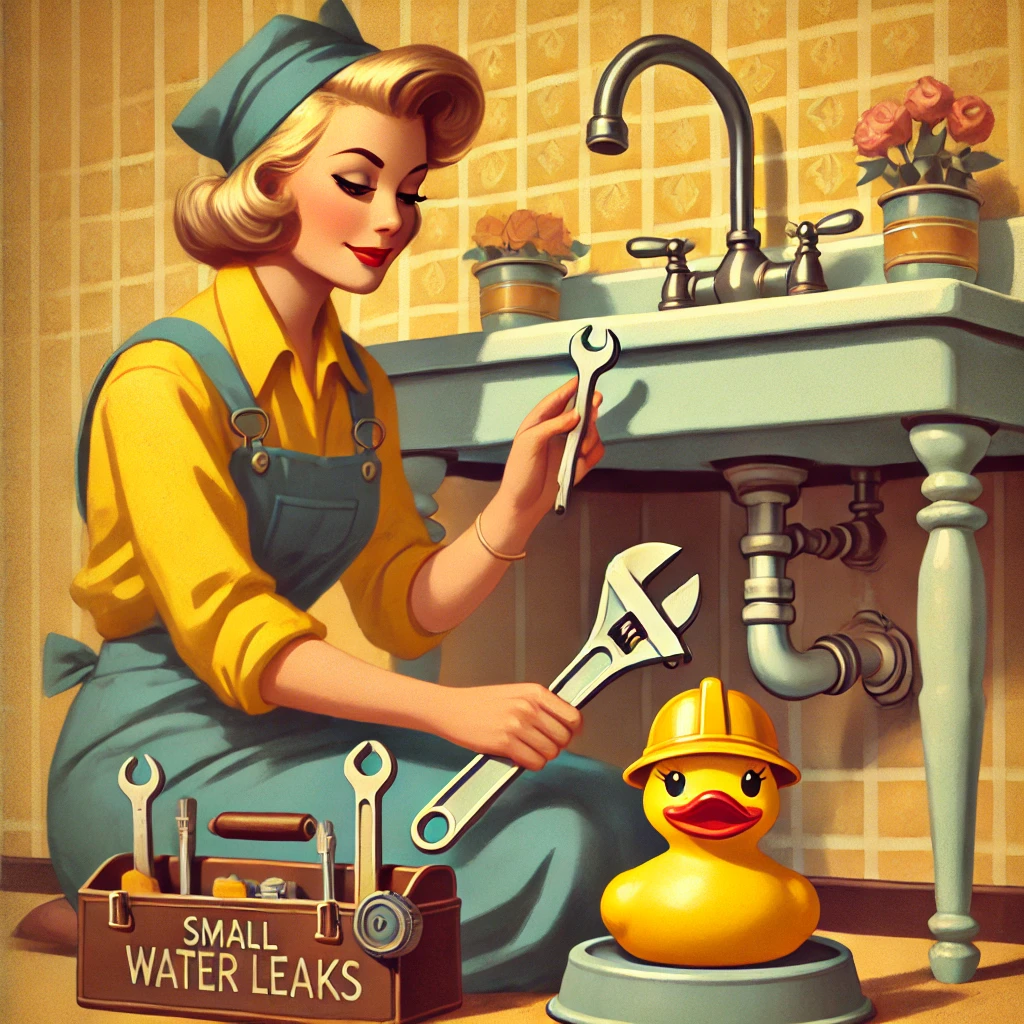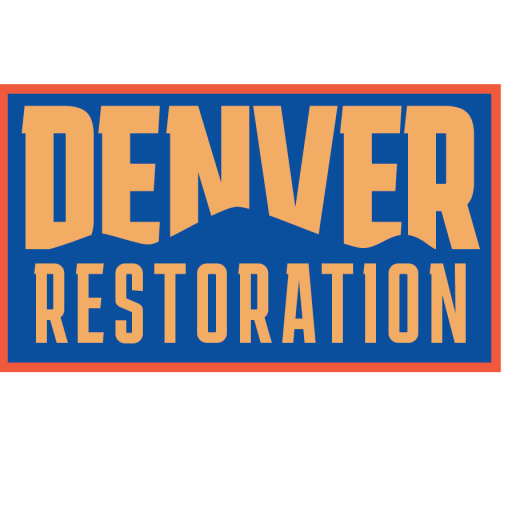Understanding the Importance of Managing Water Leaks
A small water leak may seem like a trivial matter, but if left unresolved, it could lead to severe damage and costly repairs. For homeowners, property managers, and business owners, understanding how to handle such issues early is crucial. The process of water damage restoration is complex and multifaceted, encompassing damage assessments, restoration techniques, environmental and health safety considerations, insurance and legal compliance, customer communication, and crisis management. But how does this apply to something as seemingly straightforward as a small leak?
DIY Leak Handling: A Proactive Approach
The first key to managing water leaks is to approach it proactively. Rather than waiting for a small leak to escalate into a more serious issue, taking immediate action makes all the difference. This will not only minimize any potential damage but also mitigate long-term costs. The first signs of a leak may include unexplained moisture or water stains on the walls, ceilings, or floors, an unusual increase in water bills, or the sound of dripping water when it’s quiet. When you notice any of these signs, your course of action will be to identify the source of the leak and implement a suitable solution.
Identifying the Source
This step requires a keen eye. The source of the leak may not always be obvious, especially if it arises from unseen places such as behind walls or under floors. It’s essential to conduct a thorough check of the premises, focusing on areas where water lines are present, such as kitchens, bathrooms, and laundry rooms. Look out for drips, condensation on pipes, or, in more severe cases, pooling water.
Addressing the Leak
Once the source has been identified, you’ll need to address the issue promptly. There are a variety of methods that can be used, depending on the extent of the leak. For instance, a small drip from a pipe could potentially be fixed with a pipe repair clamp, which is a simple and affordable solution. However, if the leak originates from a more complex source, such as the roof or foundation, professional help may be required.
The Bigger Picture: Environmental and Health Safety
A crucial aspect of handling water leaks is understanding the impact on environmental and health safety. Unresolved leaks can lead to issues such as mold and mildew growth, both of which can have harmful effects on the health of building occupants. It’s essential to identify and eliminate these issues as part of the leak management process. To learn more about natural remedies to eliminate mold in your home, take a look at this detailed guide on our website: Effortless Natural Remedies to Eliminate Mold in Your Home.
Customer Communication and Crisis Management
Proactive communication is essential in handling a leak crisis. Informing all relevant parties about the situation, the steps being taken to address it, and any preventative measures for the future can help alleviate stress and confusion. Promoting transparency and trust, this approach also ensures all parties are properly equipped with necessary knowledge and tools.
Coming Full Circle: Insurance and Legal Compliance
When faced with a water leak, it’s also important to understand the legal and insurance implications. Depending on the severity and cause of the leak, you may be entitled to insurance coverage. Understanding what your policy covers, and what it doesn’t, will help avoid potential legal issues and ensure a smooth claim process.
In conclusion, managing water leaks is far from a simple task. By understanding the different elements involved, from damage assessments to customer communication, you can take the necessary steps to protect your property and well-being. Don’t overlook the smallest signs – make empowerment your mantra, and actively engage in preventative measures for a safer, healthier space.
The Imperative Restoration Process
After the immediate concern of identifying and addressing the source of the leak, the subsequent step is often restoration. This is the process of returning the affected area to its pre-damage state. The significance of this stage cannot be overstated, as swift and efficient restoration minimizes further damage, salvages more objects, and reduces overall recovery costs.
Evaluating the Damage – The Foundation of Restoration
Without a comprehensive understanding of the extent of the damage a water leak has caused, it’s all but impossible to effect an appropriate restoration effort. A damage assessment stands as an indispensable first step in the restoration process. Experienced professionals will meticulously examine affected materials, documenting the type and extent of the damage. They will look out for signs of water absorption in different materials, ranging from wood and brick to drywall and insulation. A proper understanding of the extent and scope of damage is crucial, forming the bedrock upon which an effective and efficient restoration operation is built.
It’s imperative to consult with experts in the field, such as those listed in this prospectus of qualified professionals here: www.professionalspotlight.com.
Effective Restoration Techniques and Equipment
With a clear understanding of the impact of the leak, restoration professionals will now embark on the recovery operation using professional restoration techniques.
Water extraction machinery will be used to remove any excess water, while high-speed air movers and dehumidifiers will dry all the affected areas. This will prevent further water damage, as well as mold and mildew growth.
Antimicrobial treatment will be applied to disinfect beds, upholstery, and other furniture, and to sanitize carpets. Special ozone generators will then be used for odor removal, creating an ozone gas that permeates affected areas and neutralizes any lingering unpleasant smells.
One must also remember to follow chemical safety guidelines while dealing with cleaning supplies and disinfectants.
Customer Oriented Communication
While the restoration process is predominantly technical, the customer service aspect holds equal weight. Dealing with leak damage can often be stressful for property owners, and it’s crucial to remember this throughout the process. Maintaining clear, steady communication helps to assure the affected parties that their concerns are being addressed and their property cared for.
Improving customer communication can extend from explaining the damage assessment in detail, clarifying restoration techniques, to giving a transparent account of expected costs. Informed and reassured customers are considerably more likely to face the situation with resilience and patience.
Meticulously Adhering to Insurance Procedures and Legal Compliance
While dealing with a water leak, adherence to insurance procedures and legal compliance becomes paramount. Displaying ignorance or negligence could result in voided policies or denied claims. Understanding and abiding by the terms of the insurance policy, complying with legal regulations, and maintaining proper documentation, significantly smoothen the claims process and expedite the recovery phase.
Moreover, understanding the specifics about what is and isn’t covered by your insurance policy, will facilitate financial planning and decision-making processes. For further insights on insurance claims after water damage, this blog post on our website provides valuable information: Insurance Tips for Water Damage.
Preparing for the Unexpected: Crisis Management
Water damage arising from leaks often occur unexpectedly and need immediate attention. Hence, having a collaboration plan with a professional water damage restoration team can save you valuable time and resources.
Understanding how a professional team handles crises, from the moment they receive a distress call to the completion of the restoration process, helps in building trust. Cooperation with these professionals, alongside a well-implemented crisis management plan, minimizes damage, expedites recovery, and ensures a return to normalcy in the shortest possible time.
The Final Unseen Damage: The Emotional Toll and the Road to Recovery
The emotional stress from dealing with water leaks, property damage, and subsequent restoration should not be underestimated. It’s essential to acknowledge that while dealing with the physical aspects, the emotional damage should also be addressed. Connecting with supportive networks, seeking professional help, and communicating openly can ease the path to emotional recovery.
For those affected, understanding how water leaks are managed offers reassurance and peace of mind. The chaos and confusion of unexpected leaks should not leave you feeling hopeless. There are tried and trusted methods in place – combining damage assessment, practical solutions, legal compliance, customer communication, and excellent crisis management – that ensure a return to normalcy, and a safer, healthier property.

